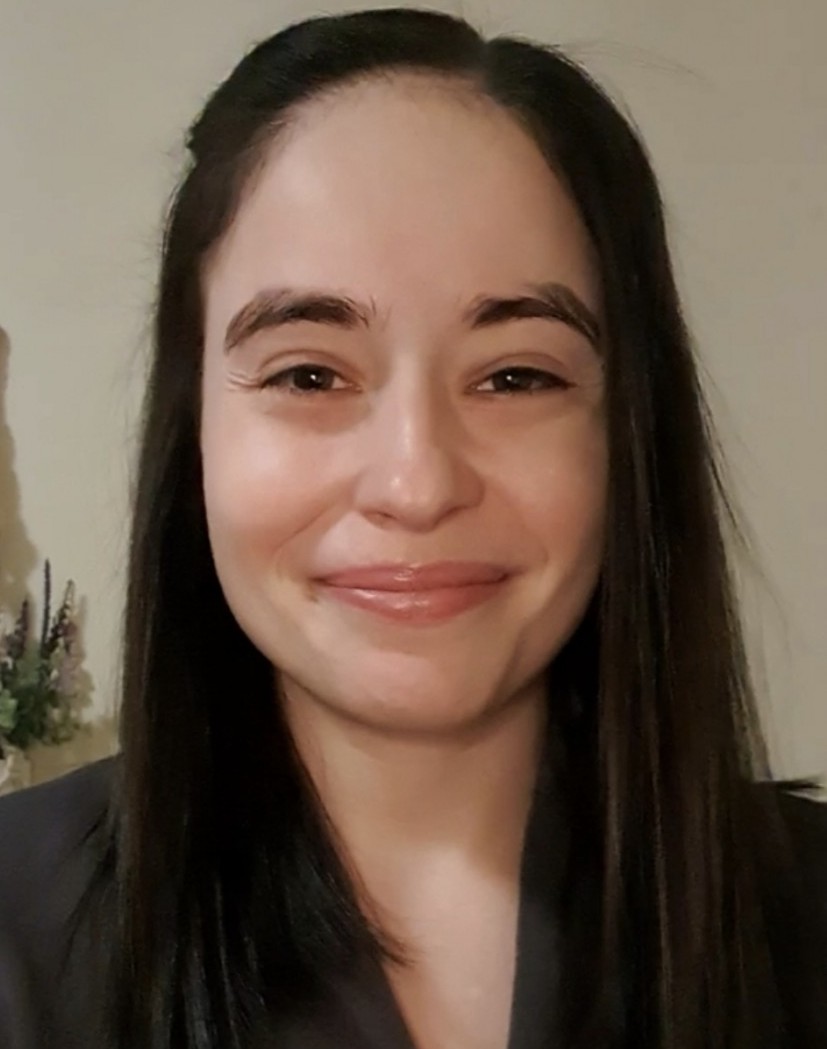Abstract:
The aim of this thesis is to develop a better understanding of the mechanisms and modalities exploited by breast cancer cells during invasion, paying particular attention to those mechanisms employed during cell migration in 3D spheroid culture, a context that more accurately recapitulates the complexities seen in vivo. Using a hydrogel-based model system, we investigated the roles of cellular blebs in cancer migration, developed a novel protocol that enhances optical microscopy images and facilitates high content imaging techniques including mass spectrometry imaging, and then used this new technology to investigate gain of function activity of mutant p53 in breast cancer cell migration in terms of both actomyosin contractility and in lipid abundances and distributions.
Chapter 1 begins with an overview of breast cancer, an introduction to cancerous behavior and migration, a discussion of the importance of 3D cell culture and interactions of breast cancer cell and the extracellular matrix, and an overview of the various imaging techniques used in this work. In Chapter 2 we describe a novel mode of breast cancer migration that we term bleb – driven migration. This migratory mode is characterized by invasive cells that are both round and bleb bearing. This migratory mode is highly dependent on actomyosin contractility, a mechanism that is imperative to bleb formation. We show that blebs can actively attach to and rearrange the extracellular matrix via accumulations of 1 integrins at the bleb necks. We show both polarization of blebs as well as collagen alignment in regions of the cell enriched in blebs, both of which are dependent on the expression of 1 integrins by the cell. The discovery of this new migratory mode is important, as many cancers are able to overcome cancer therapies by using escape mechanisms, such as alternate migratory mechanisms. As such, developing a fuller understanding of the migratory modes used by cancer cells is vital in our fight to prevent cancer deaths.
Chapter 3 tackles a significant problem associated with working in 3D spheroid culture: obtaining high quality, high resolution images. 3D samples tend to be highly refractive and poorly diffusive, and image acquisition can be severely hindered due to these factors. Further, the depth at which 3D samples can be imaged is limited by the low working distances of high numerical aperture objectives. As such, we developed a protocol that enables the sectioning of invasive spheroids, which we term DISC-3D (dual hydrogel invasive cryosectioning of spheroids in 3D). This protocol enables us to capture images that are higher in resolution and signal to background noise, removes imaging depth related constraints, and enables images to be acquired using dyes and techniques that have not previously been demonstrated in invasive 3D in vitro samples. Using this technology, Chapter 4 then examines the gain of function activity mutant p53 imparts on invasive breast cancer cells. We show that mutant p53 plays a role in increasing actomyosin contractility by promoting targeting of RhoA to the cell membrane. We also show an alteration in lipid expression in mutant p53 bearing cells, a feat that is made possible through use of the DISC-3D technology.
Collectively, this work provides insights in to the invasive mechanisms exploited by breast cancer cells. We repeatedly demonstrate the importance of in vitro, 3D cell culture in the study of breast cancer migration. Using such cell culture techniques, we outline previously unknown aspects of breast cancer cellular migration both in regards to the importance of blebs and to the gain of function activity of mutant p53, the latter of which was made possible through use of the DISC-3D protocol. We argue that continued study in this area will provide insights into how breast cancer cells migrate, providing paths and new treatment strategies for preventing such migration.

